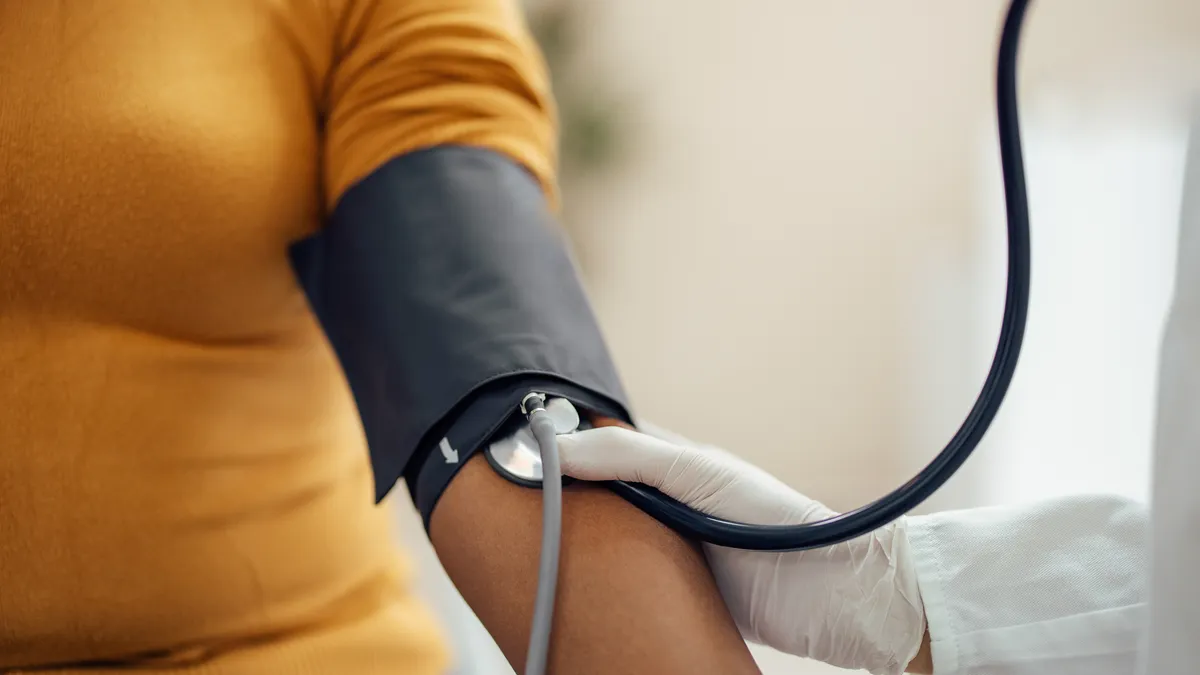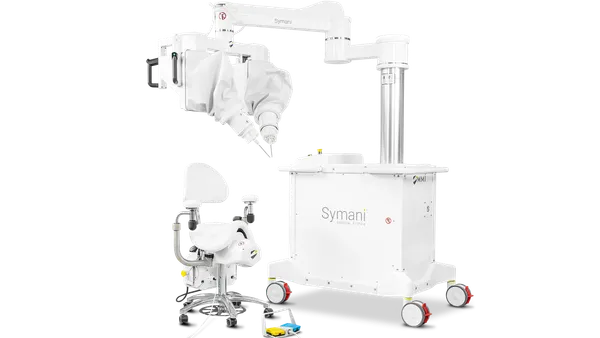Dive Brief:
- Blood pressure monitors that connect to a smartphone application are no better than traditional devices at treating hypertension, according to a randomized clinical trial of 2,101 patients.
- The study, published in JAMA Internal Medicine, found the change in systolic blood pressure from baseline to six months was almost identical in users of connected and traditional devices.
- The trial, which mostly enrolled people who were relatively comfortable using technology, failed to meet most of its secondary endpoints, including one that looked at patient satisfaction
Dive Insight:
Companies such as Hello Heart and Livongo are offering hypertension management plans built around connected blood pressure monitors. However, individuals have been able to check their blood pressure at home using devices that lack connectivity features and accompanying mobile apps for years, raising the question of whether the technology improves outcomes.
To help answer that question, 23 health systems participating in PCORnet, the National Patient-Centered Clinical Research Network, randomized 2,101 people with uncontrolled hypertension to use a standard home blood pressure monitor or a smartphone-linked device with an associated app.
After six months, systolic blood pressure had fallen 10.8 mm Hg from baseline in the cohort that used the smartphone-linked device. The reduction in systolic blood pressure in the control cohort was 10.6 mm Hg, causing the clinical trial to miss its primary endpoint. The researchers concluded smartphone-linked devices are no better than traditional monitors at reducing blood pressure.
The trial also missed most of its secondary endpoints. Asked whether they would recommend the device to a friend, 70% of users of the smartphone-linked monitor said they were very likely to do so, compared to 69% of their counterparts who received the standard technology. Thirty-two percent of subjects in the smartphone cohort had blood pressure of lower than 140/<90 mm Hg, versus 29% of people in the control arm.













